|
In The Field |
With CID Bio-Science & Felix Instruments |
A monthly round-up of published research papers featuring CID Bio-Science and Felix Instruments measurement tools. |
|
What's in this month's edition? |
1. NIR Spectroscopy for Solids, Dry Matter & Firmness in Stone Fruits |
|
|
2. Wastewater & Mycorrhiza Effects on Olive Tree Growth |
|
|
3. Mycorrhizal Inoculation Boosts Passionflower Seedling Growth |
|
|
4. Overview of Minirhizotron Techniques |
|
|
5. NIR Analysis of Date-Flavored Laban During Cold Storage |
|
|
|
Want to be included in next month's edition? |
We want to share your research! If you have done a study using one of our instruments, let us know, and we will share it!
Please send your info and research to strimble@cid-inc.com or simply reply to this email! |
|
|
|
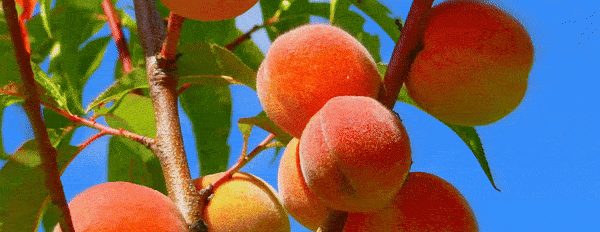 |
Application of Visible/NIR Spectroscopy for the Estimation of Soluble Solids, Dry Matter and Flesh Firmness in Stone Fruits |
Thanks Alessio Scalisi for sharing this research!
A study investigated the ability of a visible/near-infrared (NIR) spectrometer in determining dry matter concentration (DMC), soluble solids concentration (SSC), and flesh firmness (FF) at harvest with trials on 14 cultivars of stone fruits- apricot, Japanese plum, nectarine, and peach, by collecting two sets of samples of 100 fruits before and after commercial maturity. Partial least squares regression models were used to analyze absorbance spectral data of the 729–975 nm region, and they were accurate for DMC and SSC. The SSC model for the 'Golden May' apricot was the exception and was inaccurate. No visible/NIR models could predict FF accurately. The study showed that the commercial visible/NIR spectrometer was reliable in monitoring DMC and SSC for stone fruits in situ pre-harvest and post-harvest in laboratories.
|
| See How NIR Helps Evaluate Stone Fruit Quality |
|
| Learn About The Instrument Used In The Study |
|
|
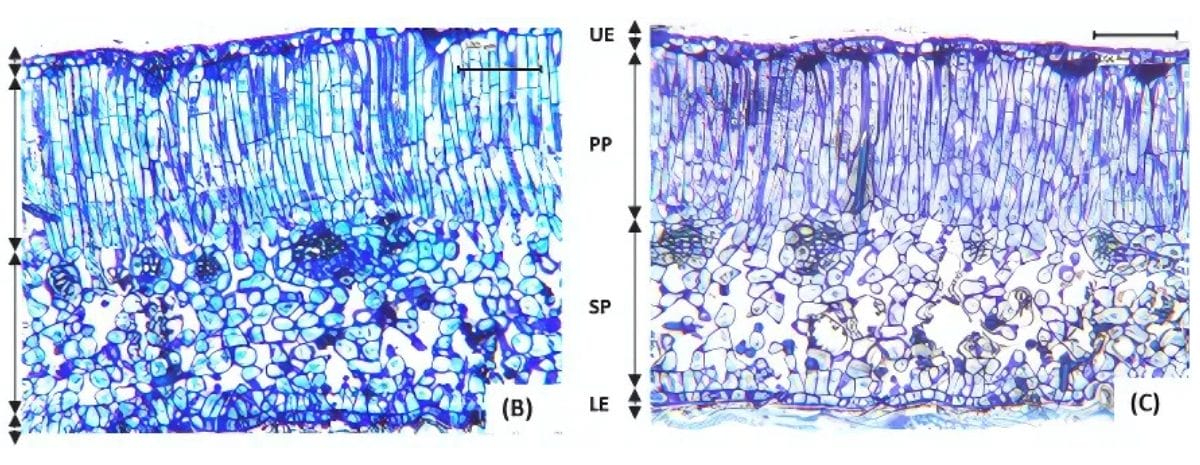 |
Effect of Treated Wastewater Irrigation and Mycorrhizal Inoculation on Olea Europaea: Physiological, Anatomical and Morphological Responses |
The study determined the effect of saline-treated wastewater (TWW) irrigation and inoculation with arbuscular mycorrhizal fungi- Gigaspora margarita, Glomus deserticola, or a combination of G. margarita and G. deserticola on young olive (Olea europaea L. cv. Chetoui) plants` morphology, physiology, and anatomy over a year.
TWW irrigated plants showed increased leaf water saturation deficit and water uptake capacity, as well as decreased membrane stability index compared to control plants watered with tap water. These alterations negatively affected gas exchanges and total chlorophyll content, and were consistent with changes in leaf morphology and anatomy. According to the principal component analysis (PCA), mycorrhizal symbiosis improved photosynthetic capacity and leaf water status with associated benefits in anatomy and morphology in comparison to non-inoculated plants.
The experiment's results showed that olive plants inoculated with arbuscular mycorrhizal fungi had better physiological performance, which made them more resilient to salinity stress due to TWW irrigation.
|
| Explore How Irrigation Choices Impact Olive Development |
|
| Learn About The Instrument Used In The Study |
|
|
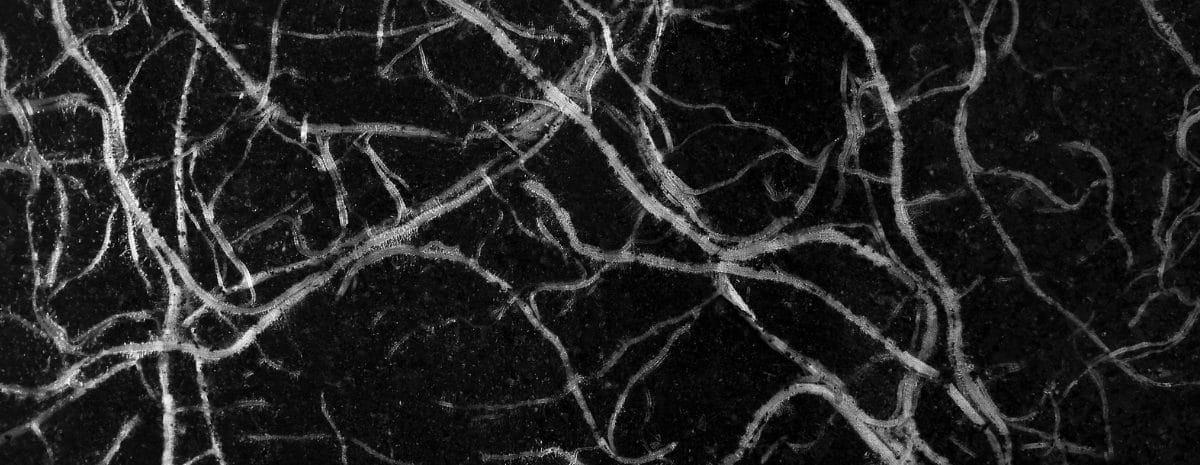 |
Combined Inoculation of Ancestral and Derived Lineages of Arbuscular Mycorrhizal Fungal Species Promotes Better Development of Passiflora Foetida L. Seedlings |
To find the effects of combined arbuscular mycorrhizal fungi (AMF) species on plant growth and nutrition, Passiflora foetida L. (a wild passion fruit) was inoculated with ancestral Archaeospora trappei + derived Gigaspora albida, and compared to passion fruit trees inoculated with the two species individually, and an uninoculated control.
After 90 days, tree height, stem diameter, leaf area (LA), number of leaves (NL), chlorophyll index, growth increment (GI), growth rate (GR), macro- and micronutrient content, fresh and dry shoots (FSB, DSB), and roots (FRB, DRB) biomass, mycorrhizal colonization (MC), and
the number of glomerospores (NG) was evaluated.
P. foetida showed increased growth 30 days after combined AMF inoculation and after 45 and 75 days with G. albida and A. trappei inoculation, respectively. Combined inoculation improved LA, DRB, FSB, FRB, and growth to increase height by 119.5%. AMF improved nutrient absorption of P and Cu but not that of Ca and Mg, with better results obtained from G. albida (98%) and combined inoculum (97%) than A. trappei (28.8%), but the latter had 80% more spore production than other treatments.
The results show that P. foetida growth and nutrition respond well to AMF treatment, especially combined species, and that different AMF lineages provide varying benefits.
|
| See the Growth Impact of Fungal Pairings on Passionflower |
|
| Learn About The Instrument Used In The Study |
|
|
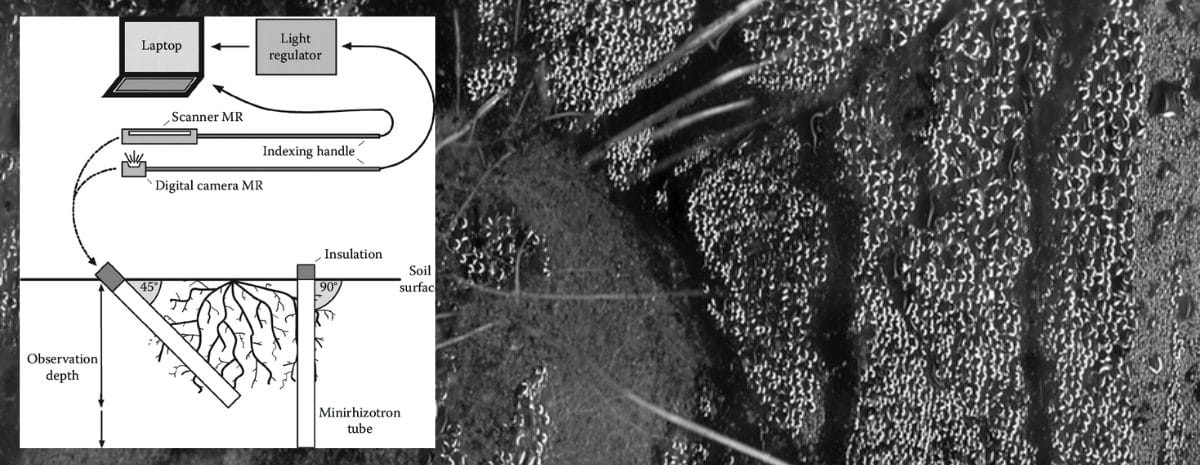 |
Minirhizotron Techniques |
Special systems like destructive coring, trenching, excavating, or nondestructive rhizotrons and minirhizotrons investigate root systems hidden in the soil. Rhizotrons and minirhizotrons allow direct and repeated observations through transparent containers, and walk-in rhizotron rooms or smaller chambers with sensors for soil are used as lysimeters, but have several disadvantages, such as setup and operation expenses, so few facilities exist in the world.
Minirhizotron systems were developed to provide a means of nondestructive observations of root traits in agricultural, silvicultural, and natural ecosystems. They have had prototypes or root windows since the early 1937s, but in their current form with transparent tubes, they have only been in use since 1971.
Minirhizotrons have enhanced our understanding of root functioning, such as root standing stock, production, longevity, root-parasite, root-hyphae interactions, phenology, and distribution. However, to promote good practices, there is still a need to improve information sharing on the proper installation of tubes and use of the minirhizotron systems, along with pitfalls for new users.
|
| Take a Look Inside Root Systems with These Techniques |
|
| Learn About The Instrument Used In The Study |
|
|
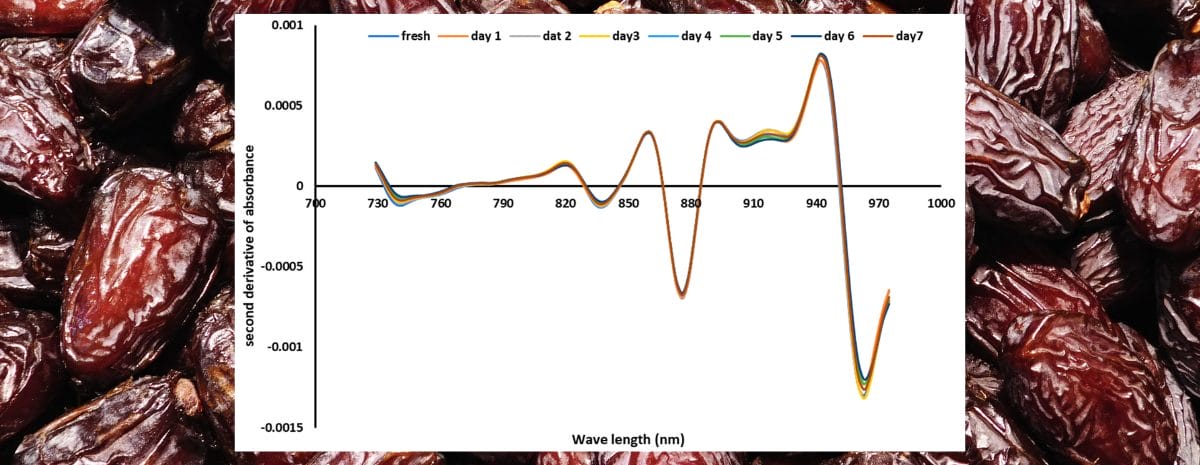 |
NIR Spectroscopy Assessment of Quality Index of Fermented Milk (Laban) Drink Flavored with Date Syrup during Cold Storage |
Fermented milk (laban) and date syrup can be an excellent nutritious drink. A study aimed to develop a quality index (Qi) model for properties of laban fortified with date syrup to assess the drink's physicochemical properties, by collecting nondestructive near-infrared (NIR) spectral data during a shelf-life of seven days. The spectral data was analyzed using two models: artificial neural network (ANN) and partial least squares regression (PLSR).
The model for Qi based on NIR spectrum could efficiently predict the quality index of the laban drink in terms of color, viscosity, pH, total soluble solids, and sensory assessments in the shelf-life period. The ANN model performed better than the PLSR model in estimating the Qi of the laban drink in cold storage.
The results show that nondestructive NIR is helpful in predicting Qi and can be used in the entire supply chain from production, processing, storage, transportation, and retailing to check quality and shelf-life of laban fortified by data syrup.
|
| See How NIR Tracks Quality in Flavored Laban Over Time |
|
| Learn About The Instrument Used In The Study |
|
|
 |
Schedule a Live Demo |
Use the link below to schedule a live instrument demonstration with an application scientist. Get an overview of functionality, see how the tool can be used in your specific application, and get your questions answered in real-time. |
| Let's talk about an instrument! |
|
|
|